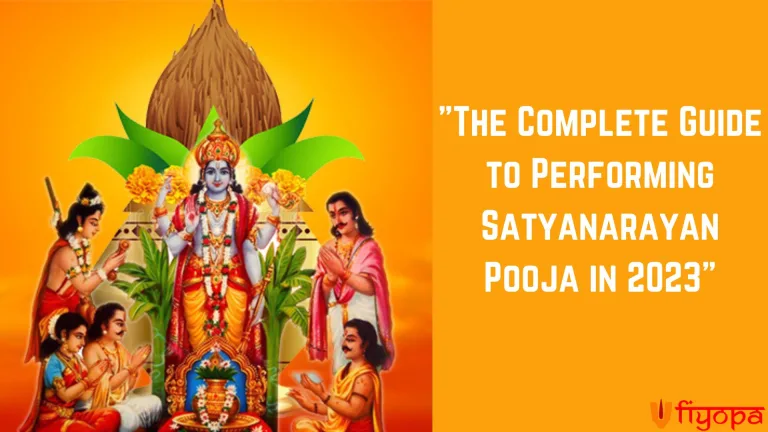

+91 9709429538
Copyright © 2021-2024 | Fiyopa
Note:- Hey Viewer We Are Fiyopa A Premium Platform For Pandit For Marriage and Puja. This is not an Official Website of the Arya Samaj Orgnisation but This Portal is Operated By a Promoter of Arya Samaj. All The Contents Given on This Website are According to the Philosophy of Arya Samaj. We Provide the Best Priest for All Worship Work By Arya Samaj Vedic Rituals at Your Place. if You are Interested in Marriage in Arya Samaj Temple, Then Contact Your Nearest Arya Samaj Branch. Thank You.